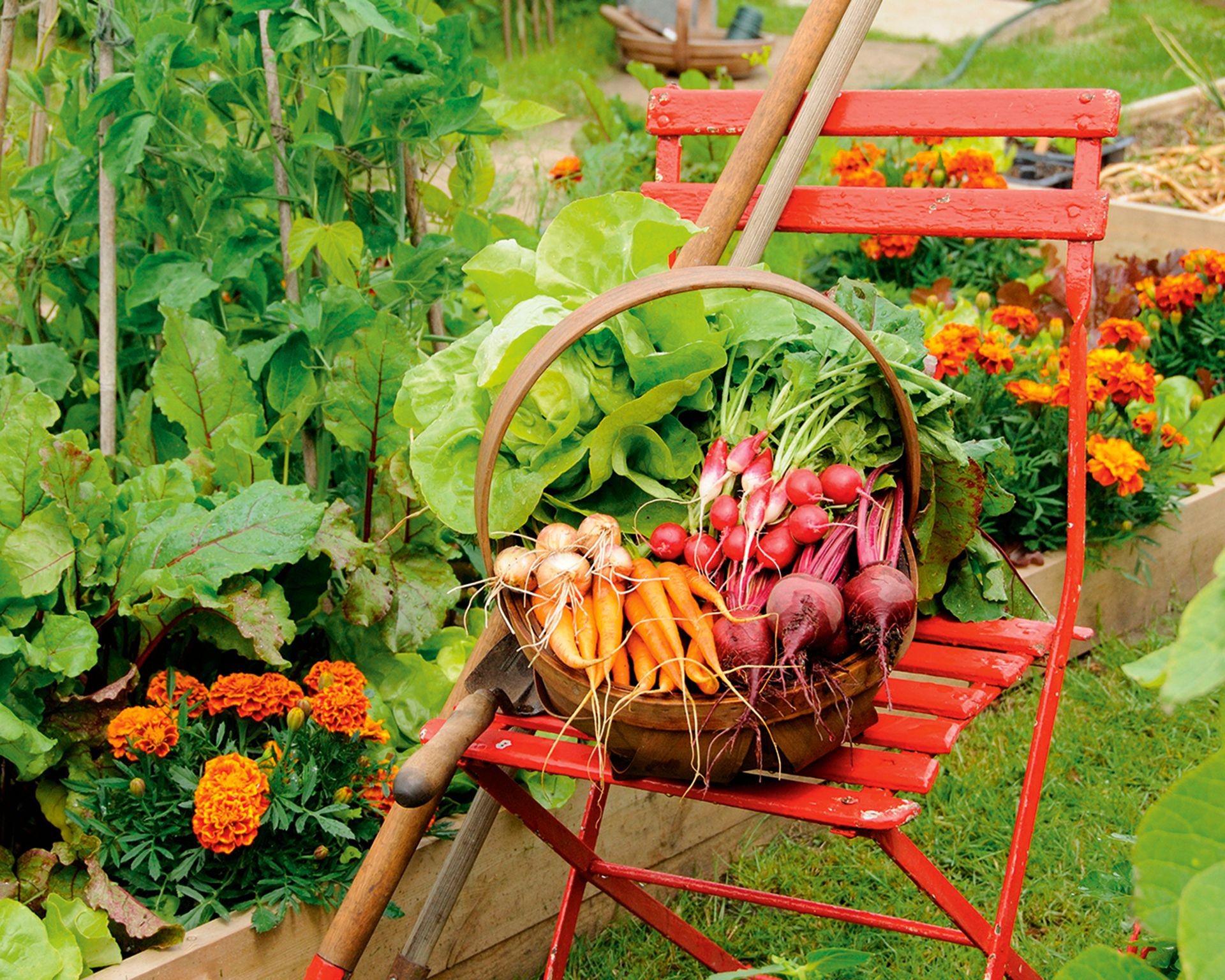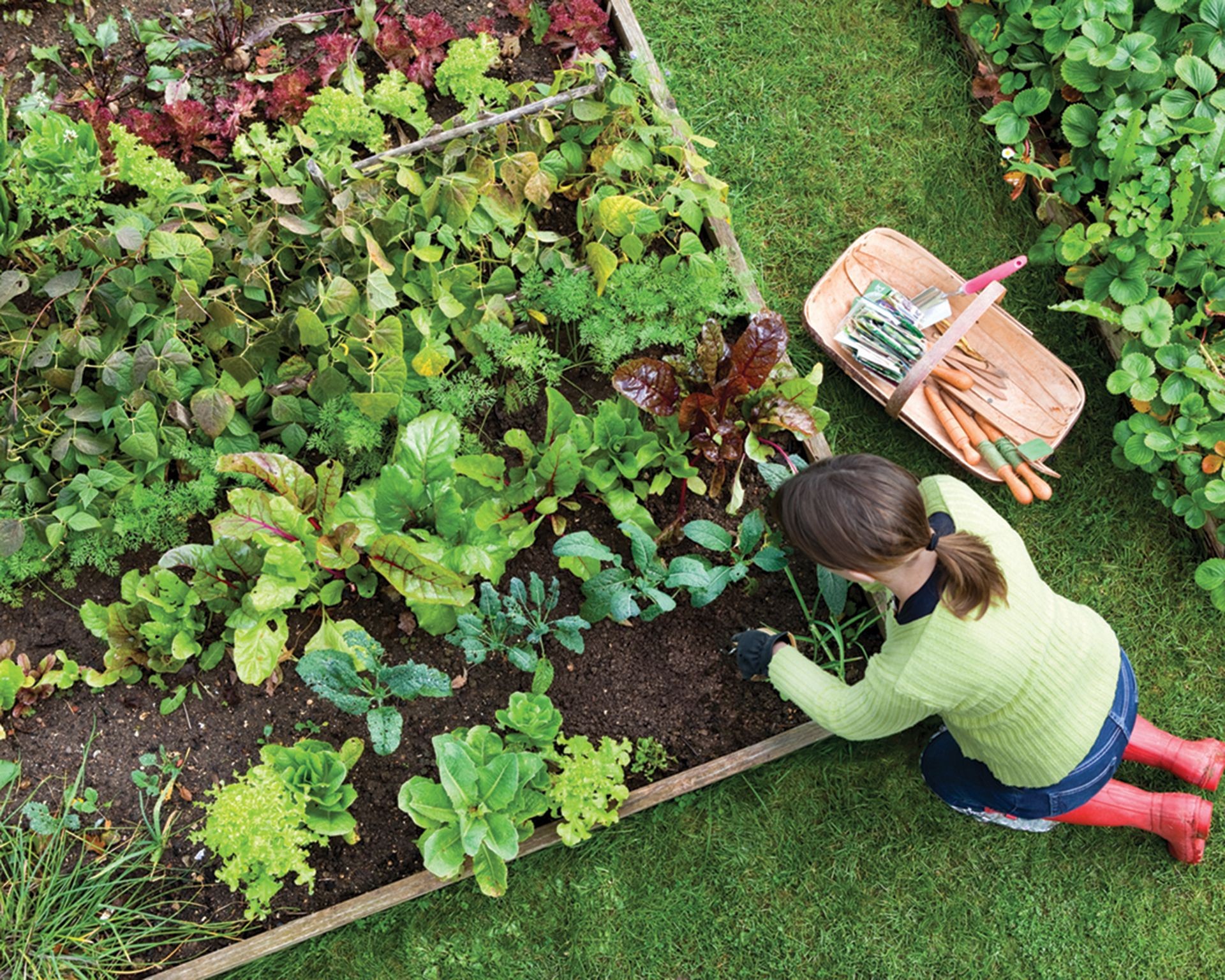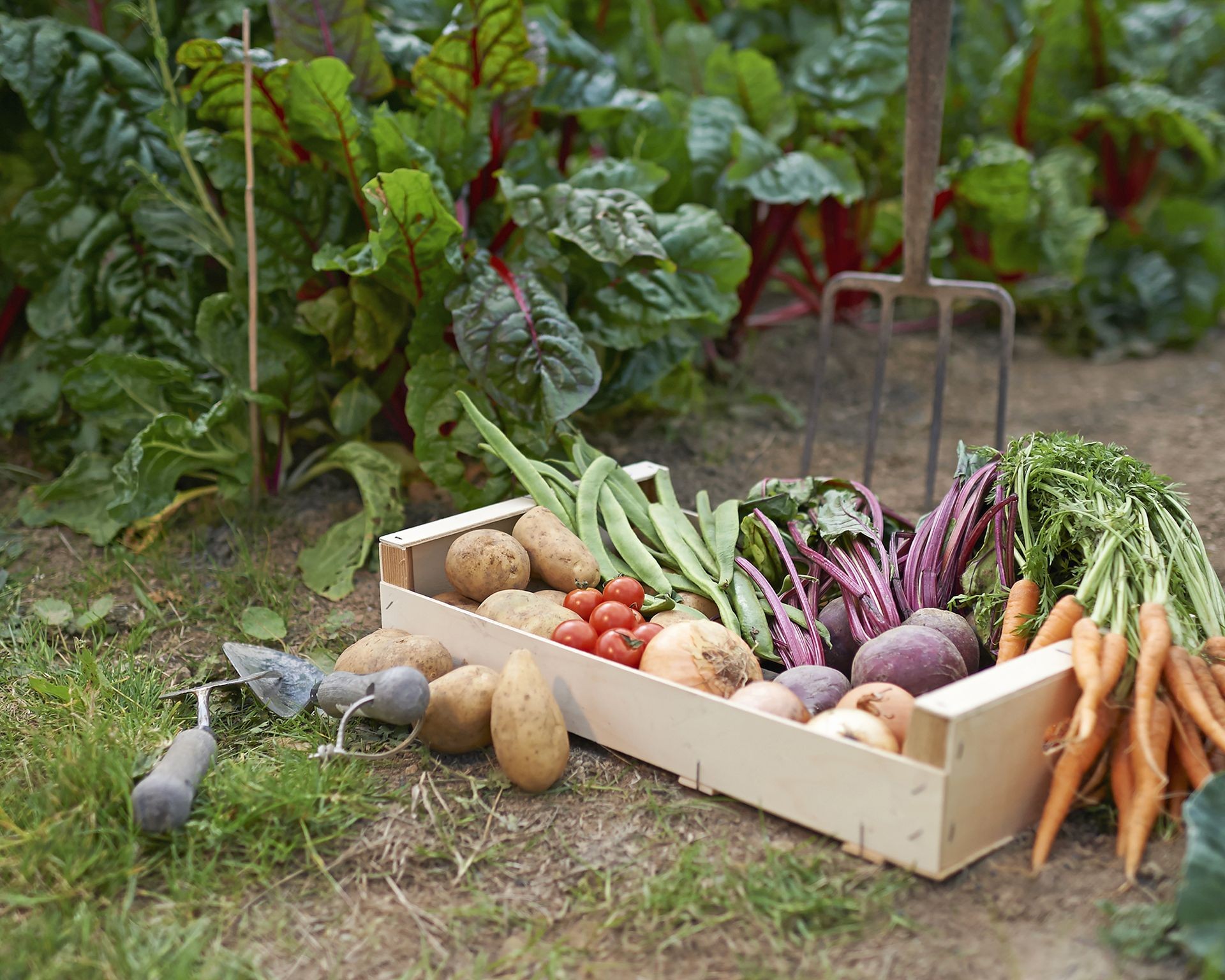No products in the cart.
NEWS
Plants You Should Not Plant Together: Avoiding Common Companion Planting Mistakes
Companion planting is a cornerstone of organic gardening, strategically placing different plant species near each other to leverage their natural relationships. This practice can bring numerous benefits, from deterring pests and attracting beneficial insects to improving soil health and maximizing space. A famous example is the “three sisters” method of growing corn, beans, and squash together, where corn provides support, beans fix nitrogen, and squash leaves mulch the soil.
However, the world of plant relationships isn’t always harmonious. Just as some plant pairings thrive, others can lead to detrimental outcomes. Planting incompatible species together can result in stunted growth, increased vulnerability to pests and diseases, and even negatively impact the flavor of your harvest. Understanding which plants make poor neighbors is crucial for cultivating a healthy and productive vegetable garden. Let’s explore some key combinations to avoid.
 Well-maintained vegetable garden bed with a rustic chair and harvest basket, illustrating the potential of a well-planned garden layout free from incompatible plant pairings.
Well-maintained vegetable garden bed with a rustic chair and harvest basket, illustrating the potential of a well-planned garden layout free from incompatible plant pairings.
Onions (Alliums) and Asparagus or Beans
While many alliums, like onions and garlic, are excellent at deterring certain pests with their strong scent, they can be challenging companions for other plants due to their high nutrient needs and unique chemical properties.
Onions are particularly greedy feeders, demanding significant nitrogen from the soil. This makes them unsuitable neighbors for plants like asparagus, which requires stable nutrient levels over several years to establish and produce well. Planting onions nearby can strip the soil of essential nutrients that young asparagus crowns need for vigorous growth, setting back production significantly.
Beans and other legumes rely on specific soil bacteria to convert atmospheric nitrogen into a usable form (nitrogen fixation), a process facilitated by the enzyme urease. Research has shown that onions possess allelopathic properties, releasing compounds that can inhibit urease activity. This interference prevents beans from accessing the nitrogen they need, hindering their growth and their ability to enrich the soil for future crops.
Brassicas (Cabbage, Broccoli, etc.) and Tomatoes
Members of the Brassica family, such as cabbage, broccoli, cauliflower, and kale, are generally poor companions for nightshade vegetables, particularly tomatoes. Both groups are considered “heavy feeders,” meaning they require a substantial amount of nutrients from the soil to develop properly. When planted in close proximity, they compete intensely for these resources, often leading to stunted growth in both crops.
Furthermore, while not always sharing the exact same pests or diseases, their stress from nutrient competition can make them more susceptible to common garden issues, weakening their overall health and yield. Experienced gardeners at Biogarden.asia often advise spacing these demanding plants widely to give each ample access to soil fertility.
Tomatoes and Potatoes
Keeping members of the nightshade family separated is a golden rule in gardening, and tomatoes and potatoes are a prime example. Despite providing delicious harvests, these close relatives share a susceptibility to many of the same pests and diseases that can overwinter in the soil.
Planting tomatoes and potatoes together dramatically increases the risk of devastating issues like late blight, a fungal disease notorious for quickly destroying crops. They are also vulnerable to shared insect pests such as the Colorado potato beetle and tomato hornworm. To minimize these risks, implementing a robust crop rotation system, ensuring tomatoes and potatoes are planted in different garden beds each year, is highly recommended by agricultural experts to break pest and disease cycles.
 Home gardener tending to plants in a raised garden bed, demonstrating the hands-on process of planning and maintaining a healthy vegetable plot.
Home gardener tending to plants in a raised garden bed, demonstrating the hands-on process of planning and maintaining a healthy vegetable plot.
Fennel and Most Other Garden Plants
Fennel is a fragrant herb known for repelling certain insect pests with its strong anise-like scent. However, this unique characteristic comes with a significant drawback: fennel is widely considered one of the least companionable plants in the vegetable garden.
Fennel exhibits strong allelopathy, releasing chemicals into the soil that actively inhibit the growth of many other plant species. This effect is particularly detrimental to tomatoes and legumes. Beyond chemical warfare, fennel can also reduce the germination rate of seeds planted nearby and may cross-pollinate with other herbs in the Umbelliferae family, such as dill, resulting in oddly flavored seeds and compromised quality. For these reasons, it’s often best to give fennel its own dedicated space, away from the main vegetable beds.
Strawberries and Brassicas
Sweet, juicy strawberries are a highlight of the summer garden, but their potential can be hampered if planted too close to brassicas. While it might seem counterintuitive, brassicas like cabbage and broccoli attract pests such as cabbage loopers.
Cabbage loopers are not picky eaters and will readily move from brassicas to feed on strawberry plants. An infestation can stress strawberry plants, reduce their vigor, and significantly impact the quantity and quality of the fruit produced. Keeping brassicas at a distance helps protect your strawberry patch from these unwanted visitors.
Tomatoes and Corn
Another pairing that works well on the dinner plate but poorly in the garden is tomatoes and corn. Both plants require substantial nutrients to support their rapid growth and fruit/ear production, making them fierce competitors for soil fertility.
More critically, tomatoes and corn share a major pest: the corn earworm, which is also known as the tomato fruitworm. Planting these crops near each other creates an ideal environment for this destructive pest to thrive, easily moving between the plants to damage both corn ears and tomato fruits, leading to significant crop losses.
Potatoes and Zucchini (Summer Squash)
Potatoes and zucchini, while not in the exact same plant family, are both heavy feeders and can conflict in the garden. Potatoes tend to grow relatively quickly and are efficient at extracting nitrogen from the soil. When planted nearby, they can outcompete slower-starting zucchini plants for this essential nutrient, effectively starving the squash and leading to reduced growth and yield.
Additionally, these plants are susceptible to several of the same common garden pests. Placing them close together can exacerbate pest pressure on both crops, increasing the need for pest management and potentially causing greater damage than if they were grown separately.
 Bountiful harvest of various home-grown vegetables in a wooden crate, illustrating the rewarding results of careful planning and avoiding incompatible plant combinations.
Bountiful harvest of various home-grown vegetables in a wooden crate, illustrating the rewarding results of careful planning and avoiding incompatible plant combinations.
Dill and Carrots
Dill and carrots belong to the same plant family, Umbelliferae. While this relatedness can sometimes be beneficial in companion planting, in this case, it can lead to problems. Their close genetic link means they are prone to cross-pollination. If dill and carrots flower near each other, the resulting seeds saved from the dill plants may produce plants with an undesirable, off-flavor.
Furthermore, sharing a family lineage means they are often targeted by the same pests and diseases. Planting them together can concentrate these issues, making both crops more vulnerable and harder to manage.
Pumpkins and Summer Squash
Pumpkins and summer squash (like zucchini or yellow squash) are both members of the Cucurbitaceae family. While distinct varieties grown for different purposes (hard rind for pumpkins, soft edible rind for summer squash), they can readily hybridize if they flower at the same time and are cross-pollinated.
Unless you are intentionally breeding new squash varieties, this cross-pollination can lead to unexpected results. The fruit produced from hybrid seeds might not be true to the parent type and can sometimes have an unappealing texture or flavor. To ensure your pumpkins taste like pumpkins and your summer squash tastes like summer squash, it’s wise to plant them in separate areas, especially if growing multiple varieties that could potentially cross.
In conclusion, mastering the art of companion planting involves not just knowing which plants benefit each other, but critically, which ones can cause harm. Avoiding these incompatible pairings is essential for preventing common gardening pitfalls like pest infestations, disease outbreaks, and nutrient deficiencies. By planning your garden layout carefully and respecting these important plant relationships, you pave the way for healthier plants, reduced stress, and a more abundant, flavorful harvest. Ready to get started on your most successful garden season yet? Explore the expert resources and quality gardening supplies available at Biogarden.asia to support your planting goals.



